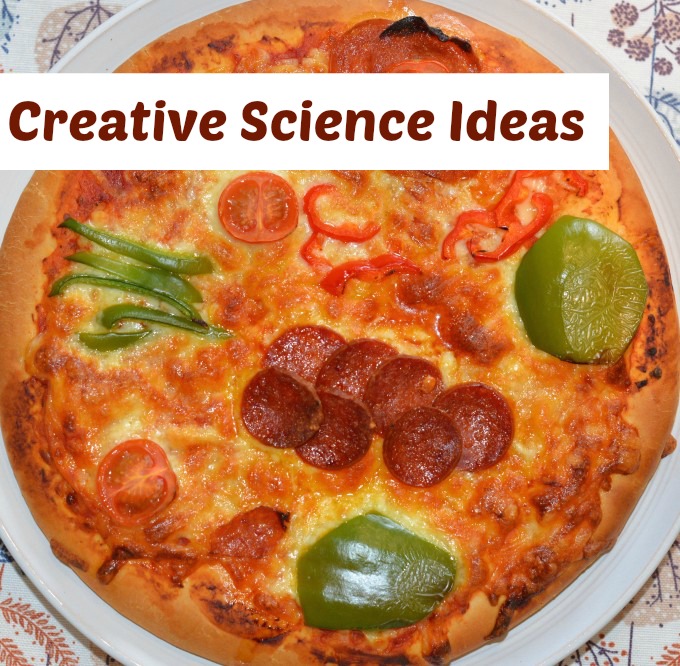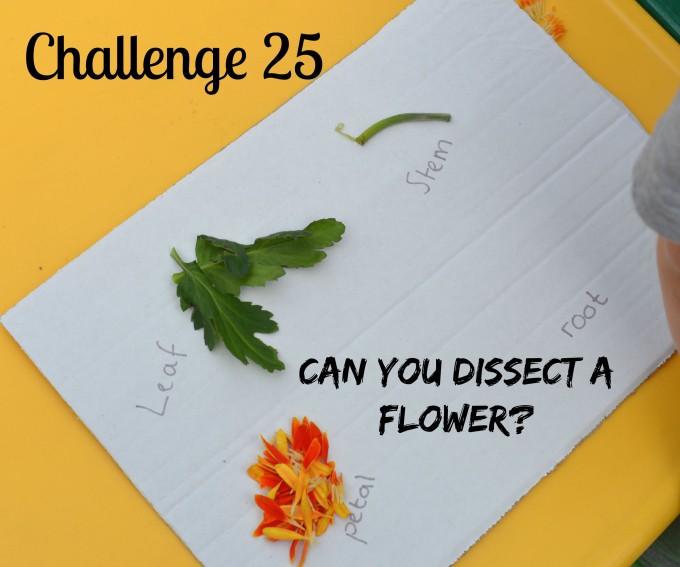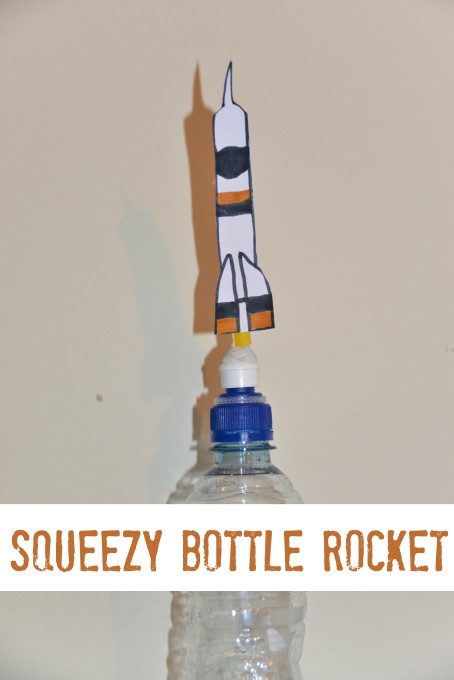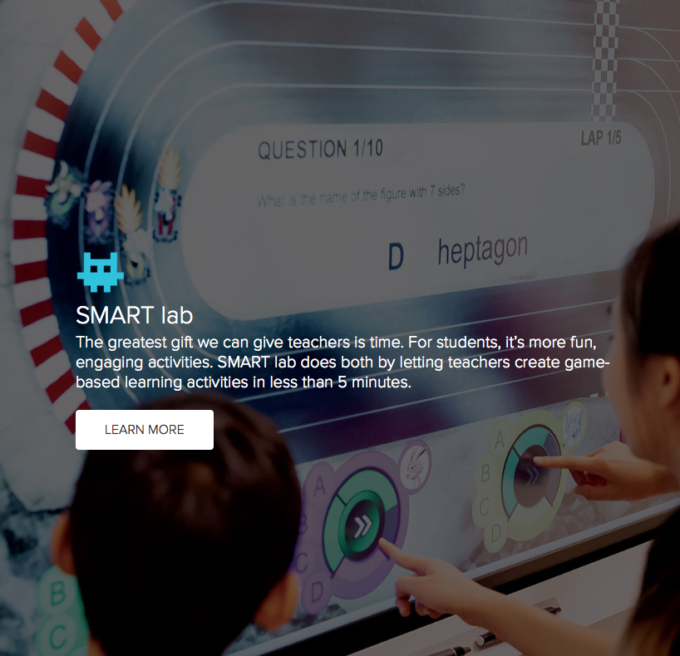My memory of a lot of my teachers from school, especially when I was very young is quite sketchy, but there is one teacher who I have always credited with my passion for all things scientific. She was my biology teacher from age 12 to 14 and some how managed to bring the subject to life for me. I found myself reading the textbook for fun and suddenly working harder than ever before on homework and when revising for tests. I can’t put my finger on why she was so good, but her enthusiasm and love for her subject remained with me throughout my school years.
From then on because I was so passionate about science I always had a good relationship with all my teachers and the thirst for knowledge I was given at age 12 stayed with me hugely influencing my subject and career choices later. My passion for all things scientific meant I was as enthusiastic about all topics, but I know this isn’t the case for everyone, so one of my aims for Science Sparks is to make science fun, relevant and real. Almost every child will enjoy blasting off a bottle rocket but plant structure and function isn’t quite as engaging, especially if taught using worksheets, I’m a huge advocate of real hands-on science to inspire a curiosity about the subject and world around us.
Below is our pizza model of a plant cell. First we looked at a diagram of a plant cell and then worked together to choose toppings best suited to represent each part, the whole process was great fun, allowing us to learn in a hands-on creative manner and provided dinner as well.
When learning about plant structure we didn’t just label a plant, we dissected it, sorted and counted all the parts and used them to design a table. We managed to extract many learning opportunities from one simple activity.
Newton’s Third Law isn’t the most exciting of topics either and can be hard to visualise, but using a simple bottle rocket to demonstrate gives context and allows children to visualise more easily other applications, such as real rockets!
I’ve spent a lot of time in several schools recently and have been so impressed at how creativity and collaboration is encouraged from a young age. I am always so impressed at the thought and effort that goes into every topic. Adding context to a topic or learning through a creative challenge is a fantastic way to engage and enthuse children.I’m very lucky in my job to have seen so many wonderfully creative teachers and massively admire what they do for the children they teach.
Opportunities for creative learning have changed so much since I was at school too, my children frequently have external theatre groups or workshops visiting to introduce new topics as well as trips out, all things that make their learning more relevant. Classrooms have so many more resources available to them these days too with video clips from the internet, online quizzes and games. I recently came across SMART which helps great teachers get even better results ( which we know if so important these days ) by making active collaboration easy whilst saving hours of time preparing resources. SMART software allows teachers to make game based quizzes and assessment tests quickly and easily, allowing children to learn and be assessed in a fun collaborative manner. I know my children would love the quizzes and games, which are a great way to reinforce what has just been taught.
Was there a teacher who influenced your future or have your children had an especially good teacher recently? How did he/she inspire them or you?
Share in the comments below, and then head over to SMART Edblog for more on how teachers inspire students and prepare them for life after school.
Find out more about SMART Technologies on Twitter or Facebook.
This is a sponsored conversation written by me on behalf of SMART . The opinions and text are all mine.
SMART Technologies helps great teachers get outstanding results by taking learning from passive listening to active collaboration. Learn how SMART software helps turn lessons into learning experiences at education.smarttech.com.
This is a sponsored conversation written by me on behalf of SMART . The opinions and text are all mine.
Last Updated on May 28, 2018 by Emma Vanstone





Making learning fun is definitely a way to get kids interested. I love how you do that with Science Sparks.
My Economics teacher liked to apply real life situations to explain theories. I remember him explaining the law of diminishing returns using the consumption of hotdogs!
Interaction makes all the difference. This looks great.